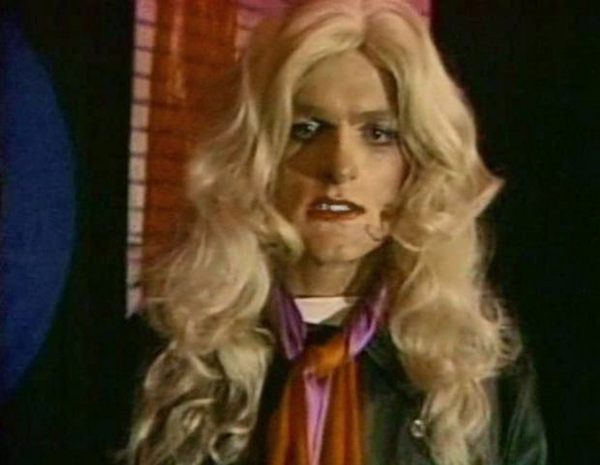There is an old saying about documentaries: If you are the subject of one, it probably isn’t for the reasons that you think. Perhaps, by the same token, if you are included in a documentary on another subject, it might be for the right reasons. A recent documentary about a trilogy of underground films from 1979–1985 offers us a look at a filmmaker, who stayed firmly underground, even after a brush with Hollywood. The Beaver Trilogy Part IV (2015) starts out focusing on a set of three ostensibly documentary films, but lands on bigger questions about reality itself.
Utah-based filmmaker Trent Harris already had a few “underground movies” under his belt when he was hired by a local TV station that had been given free rein to produce a series about whatever they wanted, as long as it didn’t violate FCC rules. The resulting show, EXTRA, included segments on Timothy Leary, motorcycle gangs, Allen Ginsberg and the hobo lifestyle.
One day, when the new video camera arrived at the studio, Trent took it out to the station parking lot to test it out. There he encountered a local teen who was photographing the station helicopter with an instamatic camera. Trent’s instincts caused him to let the camera keep running, and soon he had some jaw-dropping footage of an aspiring impersonator comic, who was convinced that he was being discovered by Hollywood.
The teen (who Trent dubbed Groovin’ Gary) started sending him letters, and eventually convinced him to bring the camera to a talent show he had helped organize at the local high school in a rural community called Beaver. He was going to unveil his new impersonation of Olivia Newton John (complete with high-heeled boots, a long blonde wig, and makeup applied at the local mortuary). His act was so poorly received that he eventually shot himself. Trying to make sense of what happened, Trent hired a budding actor (Sean Penn) to recreate the “documentary.” Having used the initial documentary as his audition reel for the AFI, he came full circle and shot the film a third time as his AFI student film. This time he found another unknown actor named Crispin Glover. Hollywood didn’t beat a path to his door, so Trent took his underground sensibility back to Utah and started making films there. The closest thing he managed to a Hollywood film was the Glover vehicle Rubin and Ed. Between bad reviews and a premiere that took place during the LA riots, the film sank with barely a trace, although it later assumed cult status.
Harris continued to work in Salt Lake City, where he made Plan 10 from Outer Space, and a science-fiction epic called Luna Mesa. More importantly he continued to work in the most underground manner possible, making auto-documentaries, and traveling around the globe filming everything he encountered on digital video. While the documentary fills in all of the blanks about The Beaver Trilogy, the real takeaway is a portrait of an unrepentant underground filmmaker, who Hollywood couldn’t co-opt.


